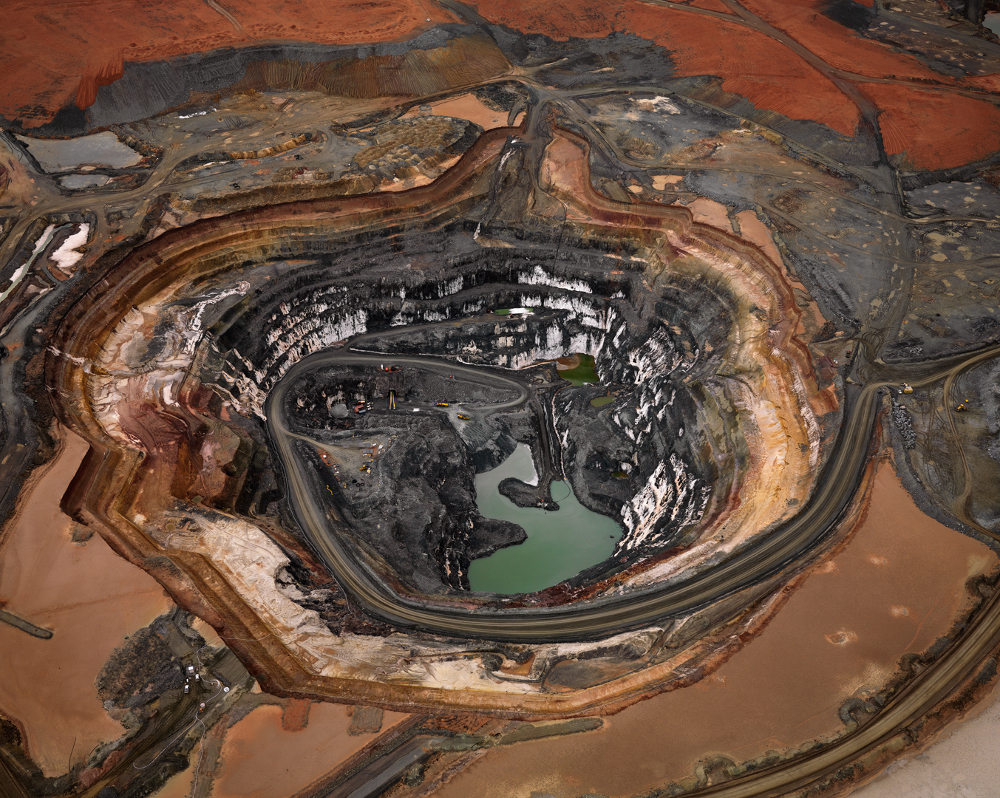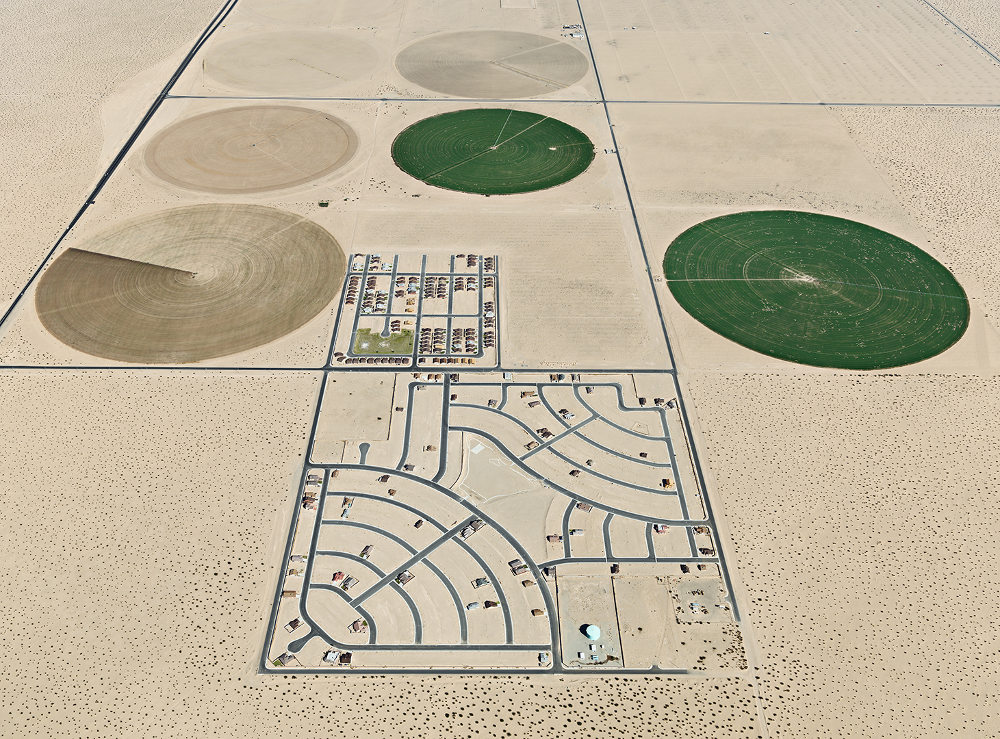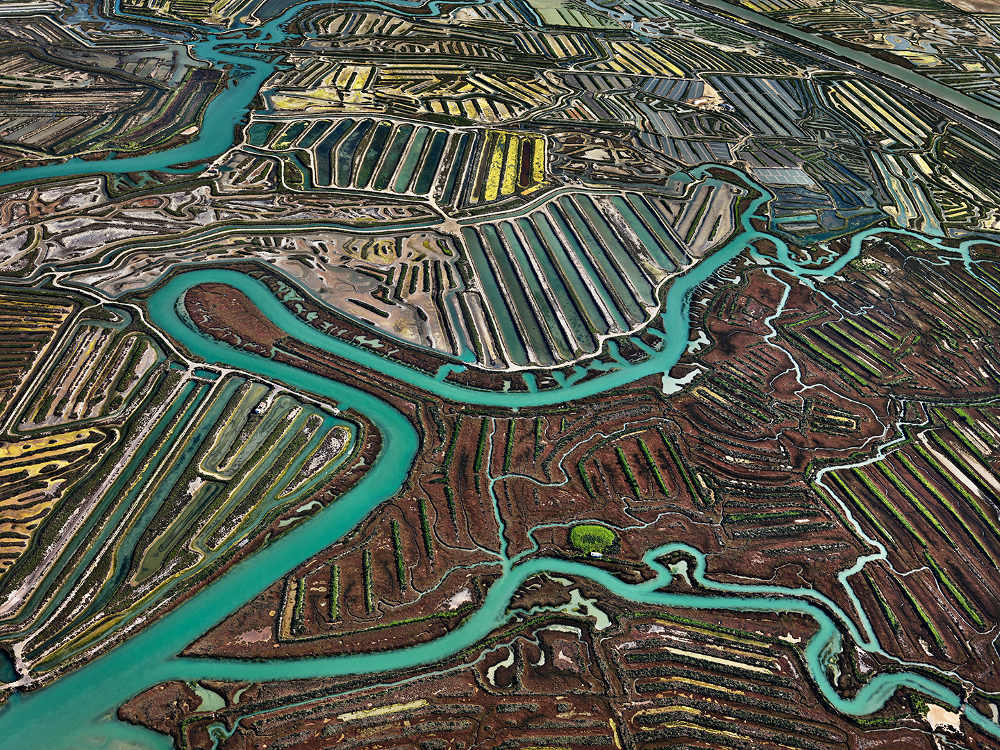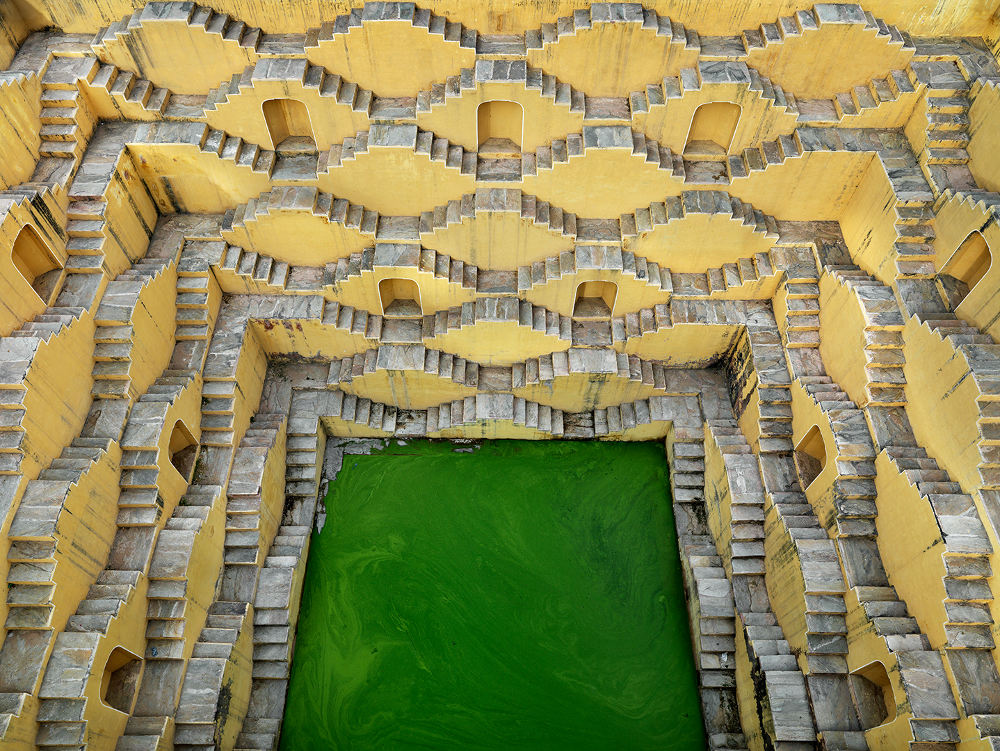Canadian photographer, artist, and environmental activist Edward Burtynsky discusses the development of his photography and how it helps draw attention to climate change
No two people see the world the same way and in the same sense no two photographers, no matter their inspirations, their tutelage, or even their subject matter, will produce the same image. Many of my contemporaries have been inspired by the same people I have. But I have and had first-hand experience working in heavy industry, which informed an experience and a perspective that was unique to me. My personal history with industry, my deep appreciation for the vast Canadian landscape I was born to, the knowledge of the scale and collective impact we are having on nature – all of these things inform the way I see, the way I shoot.
If you look at some of my original work, Early Landscapes in particular, I was very much influenced by abstract expressionism and the painterly styles, techniques and observations of the artists in that movement. Since then, artists and photographers such as Jackson Pollock, Joan Mitchell, Jasper Johns, Ansel Adams, Nathan Lyons, Emmet Gowin, Frederick Sommer, Edward Weston, and Carleton Watkins, have all been influential for their various perspectives and philosophies.
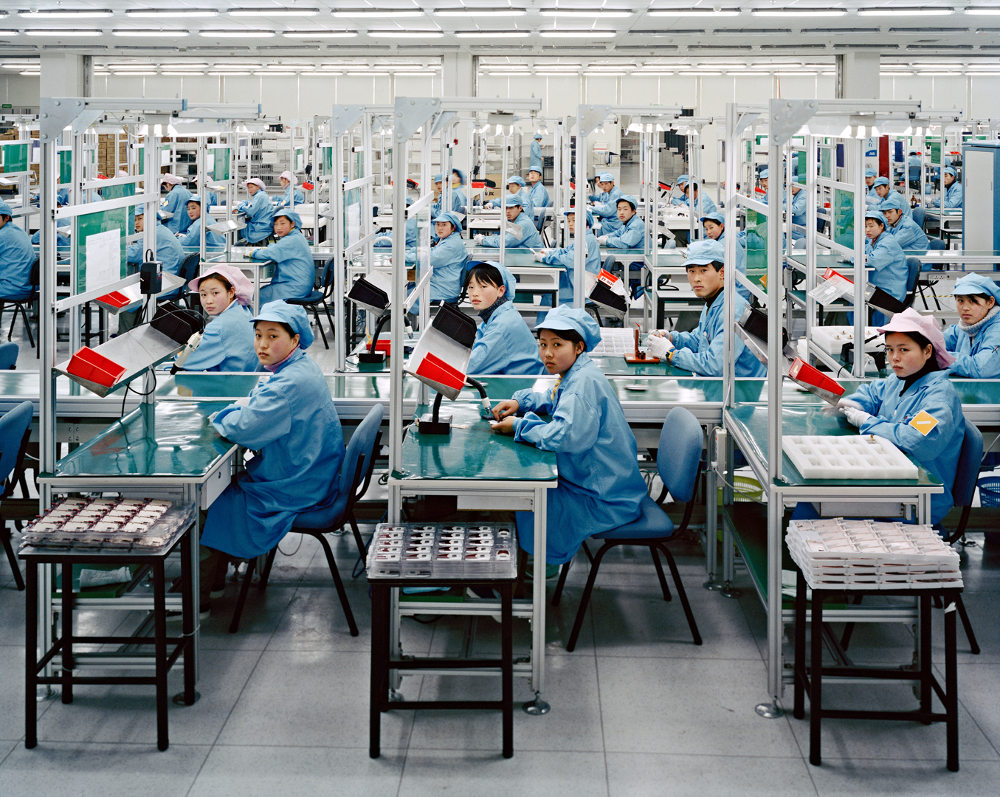
Very early in my career I realised that simply photographing landscapes was not enough. I had to go to a different place with my work and that place was where humans intersect with those landscapes. That realisation came in the early 80s and everything since then has been a reflection, an observation and an awareness of this industrialisation. I try to make images that are not easily explained away or categorised – they speak to art as much as they speak to the environment.
Look out your window, look out at a farmer’s field, look at the mountains, the lakes, quarries and mines. We have imprinted ourselves so deeply into this earth that I wonder if we would be able to recognise it the way it appeared millions of years ago. Naturally, as a result of industry and unsustainable practices in resource extraction, climate change and environmental damage rise to the surface. They come hand in hand.
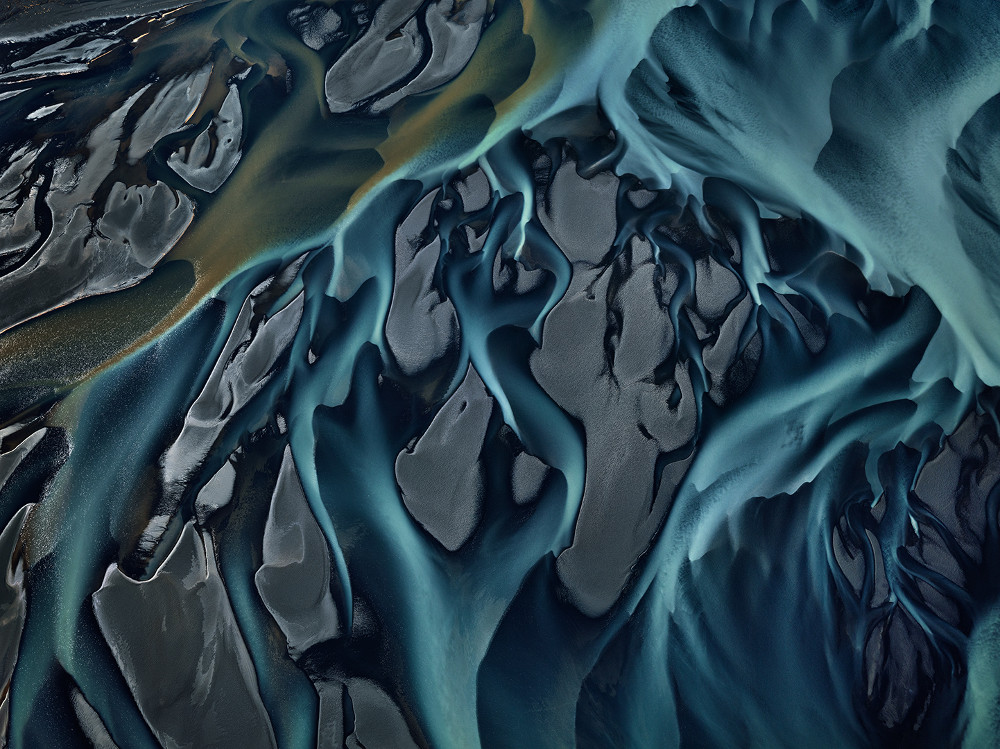
Water is one of — if not the — essential element to our existence. We cannot survive without it and the practices surrounding the resource and its conservation are powerful, complicated, often hazardous. Fresh water is running out. The hydrological cycle is changing with more flooding and droughts than normal. Oceans are warming. Aquatic biospheres are collapsing.
Do you take water for granted? Do you live in a country, a city that suffers from arid climates? Has the coastline of your homeland been devastated by oil spills or the leaching of other industrial toxins? Were you and your family displaced because of reservoir flooding and dam construction? I have brought two children — both young women now — up in this world; I want this environmental awareness to exist, to flourish and to be the driving force for action as much for my generation, as for theirs. It all comes back to awareness, to seeing it right there in front of you. Photographs are compelling storytellers.
‘Edward Burtynsky: Essential Elements’, edited and curated by William A. Ewing is published by Thames & Hudson, available from 15 September 2016. ‘Salt Pans’ and ‘Essential Elements’ will be on display at Flowers Gallery, London, from 16 September – 29 October
All images are (c) Edward Burtynsky, Courtesy of Flowers Gallery, London and Nicholas Metivier Gallery, Toronto
